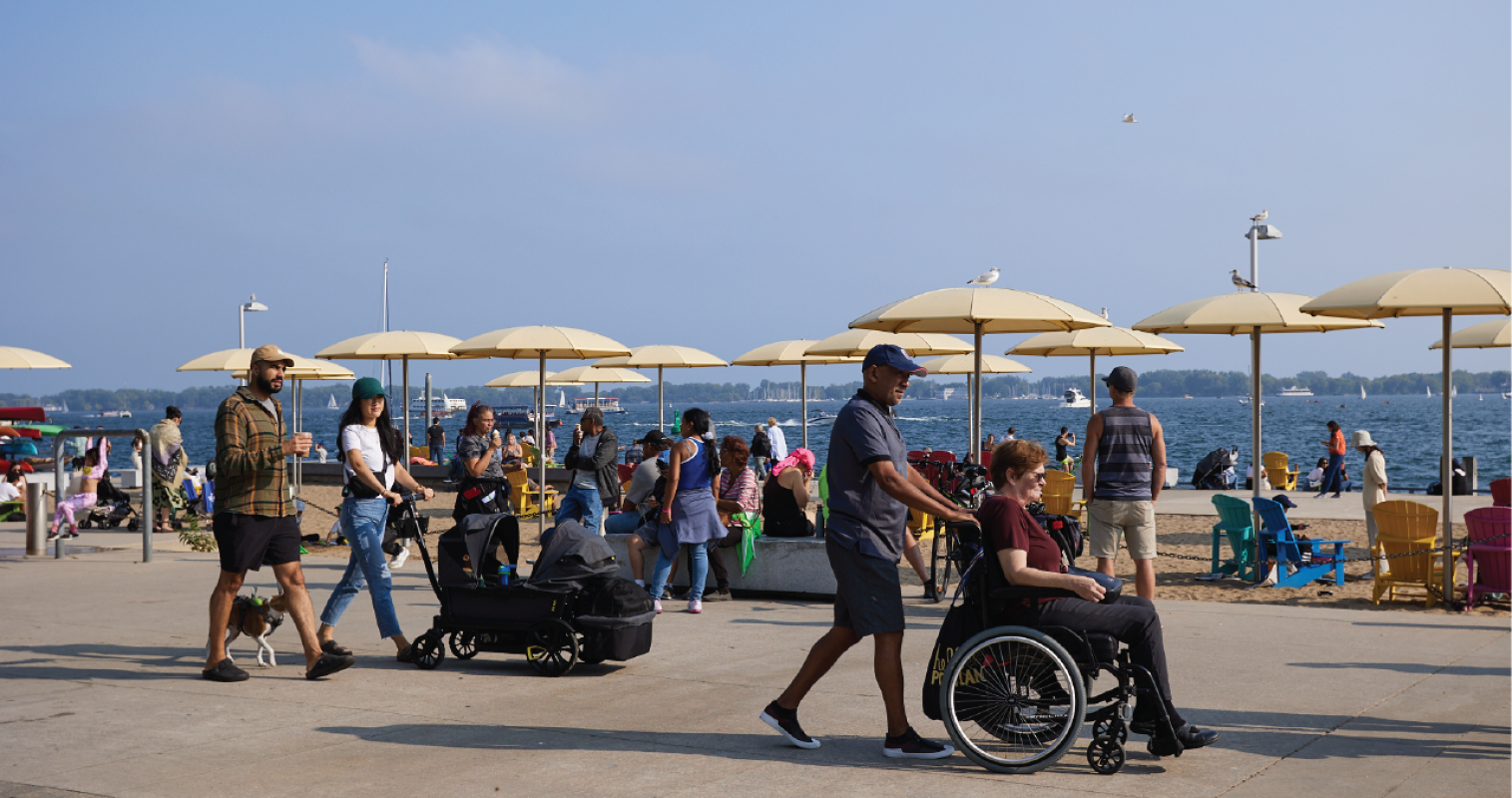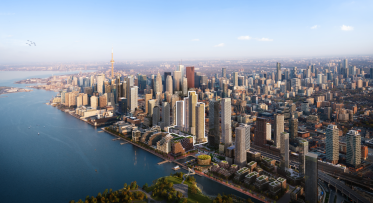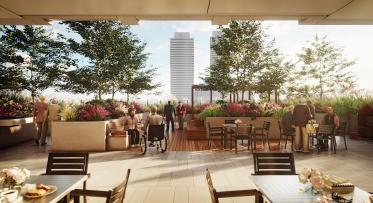Accessible Public Spaces Make Better Places for Everyone
POSTED: MAY 29, 2023
In This Blog:
-
We are working to enhance our capabilities in accessible design — to exceed expectations, show leadership and make accessibility another area of true design excellence.
-
In collaboration with the disability community, Waterfront Accessibility Design Guidelines are being created that will guide public realm design across the waterfront.
-
These guidelines build on existing standards and provide specifications on elements that are unique to the waterfront.
-
Guiding principles are: “nothing about us, without us”, raising the bar for diversity and inclusion, promoting wellness and pursuing design excellence.
Waterfront Toronto is working to create a vibrant, connected waterfront that belongs to everyone. As city-builders, we care about delivering neighbourhoods, parks, destinations and infrastructure that make people’s lives better.
Every public space we have created or revitalized has always met existing accessibility standards. But our goal is to lead the way, not just follow the rules. That’s why we are working to enhance our capabilities in accessible design — to exceed expectations, show leadership and make accessibility another area of true design excellence on the waterfront.
To achieve this goal, we are developing Waterfront Accessibility Design Guidelines that will guide public realm design across the waterfront and shape our work in areas ranging from floating docks and promenades to playgrounds and dog off leash areas. These guidelines build on existing rules, like the Accessibility for Ontarians with Disabilities Act (AODA) and Toronto Accessibility Design Guidelines, filling gaps and providing specifications on elements that are unique to the waterfront.
We started by working with Human Space, the accessibility practice at BDP Quadrangle. Human Space was also involved in co-creating the City of Toronto’s Accessibility Design Guidelines. An initial phase of work included education, awareness and research.
To do this right, we know that we need to learn from people with many perspectives and, most importantly, those with diverse lived experience with disability. With input from Human Space, we convened Waterfront Toronto’s Advisory Committee on Accessibility (ACA). The ACA consists of 13 representatives of advocacy organizations and individuals with relevant expertise, most of whom are persons with disabilities as defined by the AODA.
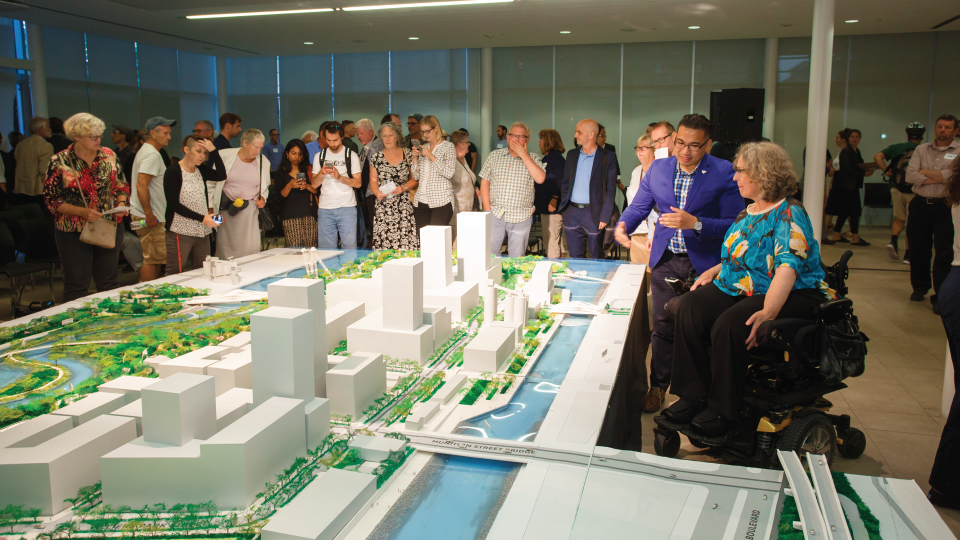
Our commitment to creating accessible and inclusive environments also means that accessibility is considered from the earliest stages of our planning and design work.
With this foundation in place, last year Waterfront Toronto, Human Space and the ACA began crafting the guidelines. Our work is grounded in a set of co-created guiding principles that reflect the intentions of what will be achieved through the technical elements of the guidelines.
-
"Nothing about us, without us”: Collaborating with the disability community.
-
Raising the bar for diversity and inclusion by: Eliminating and preventing barriers for people with disabilities, creating environments where all people can participate, and filling gaps in existing legislation and therefore exceeding minimum requirements.
-
Promoting wellness by: Upholding standards of health and safety, creating opportunities for easy access to the restorative power of nature and promoting participation to create a sense of belonging.
-
Pursuing design excellence by: Establishing thoughtful and integrated design solutions, designing high quality and durable interventions, and proving that beauty and accessibility can be achieved together in public spaces.
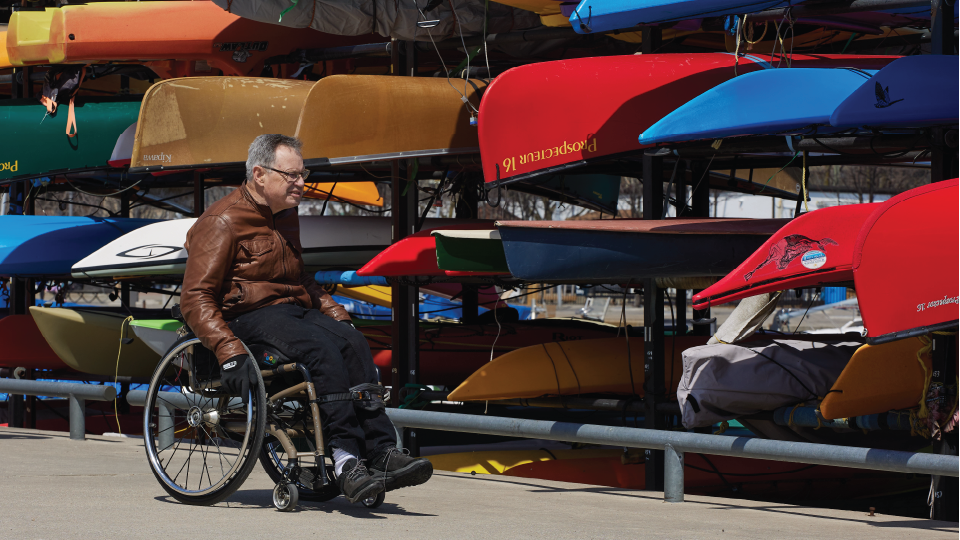
Emerging guidelines include providing accessible canoe and kayak launches.
What will the guidelines cover? With the aim of making an accessible waterfront, the document will build on existing policies and standards and address features found at the water’s edge, like docks and piers, gangways, canoe and kayak launches, boardwalks and pedestrian bridges as well as beaches. And, for creating livable, safe and inclusive neighbourhoods, it will offer guidance on elements ranging from streets, green spaces, play spaces, and off-leash dog areas to wayfinding, outdoor furniture and operations and maintenance.
Our commitment to creating accessible and inclusive environments also means that accessibility is considered from the earliest stages of our planning and design work. Project teams working with us on the design of public spaces will include an accessibility consultant as a required member of the team.
We will also form an ongoing accessibility stakeholder committee, comprising members who represent advocacy or professional organizations, and individuals with relevant expertise, most of whom will be persons with disabilities (as defined by AODA); like the committee that is helping create these guidelines. This committee will provide feedback and advice to public realm related project teams and accessibility consultants early in the design process, making sure that accessibility is considered from the start. And, as best practices continue to evolve and we continue to learn, this committee will also help with future updates to the guidelines.
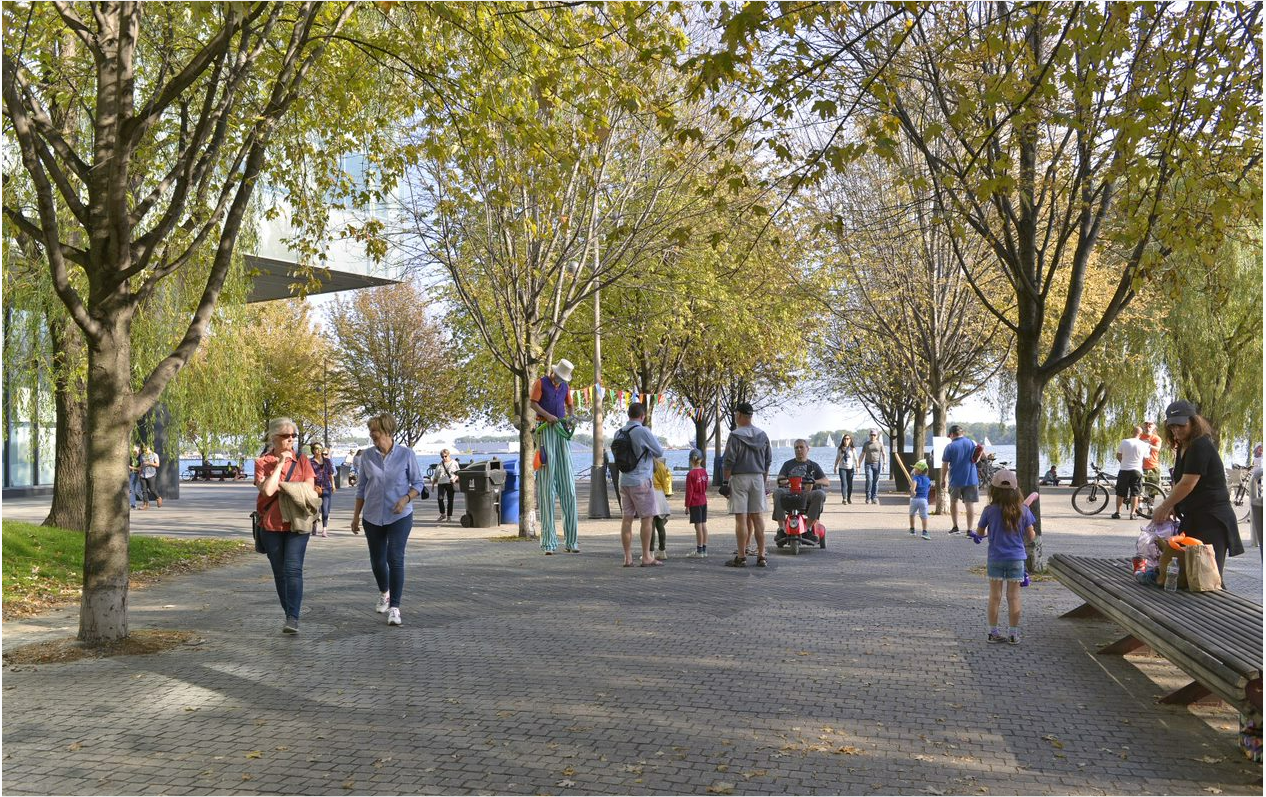
Our goal is to complete the draft guidelines in 2023. In the meantime, we have already begun to apply emerging implementation and technical requirements to our projects in active design development. This includes our most recent call for proponent teams – including architects, engineers and accessibility consultants – to work with us on designing an accessible pedestrian bridge across the Keating Channel, which will create a vital connection between the Quayside community and Toronto’s downtown, and the emergent Villiers Island.
In addition to serving as a valuable resource strengthening our work, the guidelines are also intended to cultivate ongoing collaboration between city builders and disability communities to promote accessible solutions along Toronto’s waterfront—where all people are welcome, encouraged to participate and able enjoy the waterfront’s public realm and access to Lake Ontario.
To stay updated on the Waterfront Accessibility Design Guidelines, subscribe to our newsletter.

